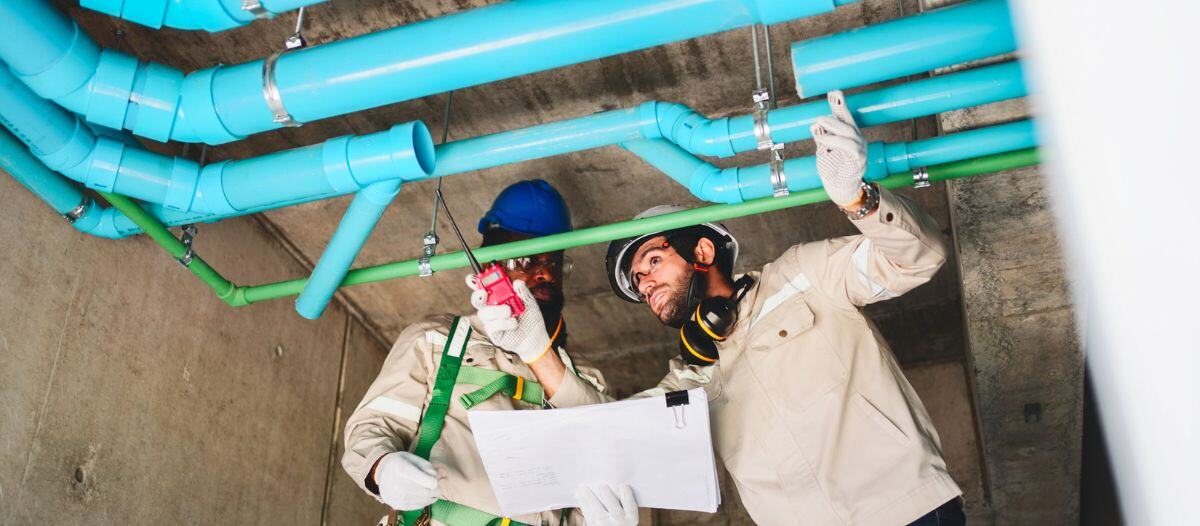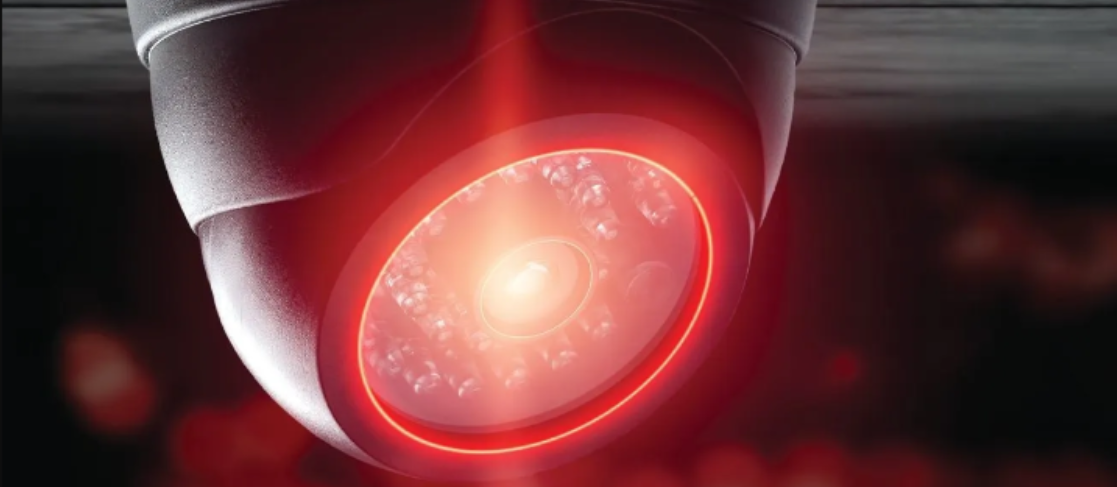Proactive Pipework
9 tips for commercial plumbing systems

There is more to commercial plumbing than regular maintenance. Partnering with commercial plumbing maintenance experts and installing a maintenance program could be a strategy to save money and make an impact on the employees, customers and other users frequenting commercial facilities.
Here are nine tips to save money and avoid unnecessary headaches when it comes to commercial plumbing systems — and potentially increase customer and employee satisfaction in the process.
1. Be proactive about scheduling backflow testing
Backflow testing can help avoid a potential public health issue and water shutoffs while maintaining compliance with local regulations. Backflow devices are designed to prevent contaminated water from flowing back into the clean water supply. If the devices are not functioning properly, tenants and customers can be exposed to serious health risks. But unlike other systems that require maintenance, there may be no obvious sign or issue — until it shows up via backflow testing. Many municipalities require testing annually to ensure backflow devices are in good working order.
By working with a trusted service partner to manage backflow testing, facility managers can be proactive about keeping up with testing and requirements. Service experts perform the tests, file the related paperwork, and track testing, results and any prior violation notices. Such a partnership not only helps prevent potential public health issues but also keeps the facility in compliance with requirements enforced by local municipalities, therefore reducing the risk of water shutoffs.
2. Install motion-sensing bathroom faucets, upgrade outdated fixtures
People like motion-sensor faucets because they are convenient and help prevent the spread of germs. But they can also reduce water consumption (and associated costs). In a study conducted by California State University, Sacramento, researchers found that “automatic faucets with a 0.5 and 0.35 gallon-per-minute aerator resulted in an average water reduction of 32 percent and 54 percent, respectively, in comparison to the manual faucet.”
Upgrading outdated fixtures like sinks and toilets should be high on the list of conservation priorities. For example, replacing flushometer-valve toilets with WaterSense models could save a 10-story commercial building with 1,000 occupants nearly 1.2 million gallons of water and close to US$10,000 a year.
3. Extend water heater life with regular maintenance
While a typical commercial water heater can last around a decade, regular maintenance can potentially double the life expectancy. To prevent sediment from settling at the bottom of the tank, it is important to perform a yearly flush to minimize buildup. Commercial plumbing service providers will also confirm the temperature dial is at the recommended setting and that the heating element is functioning properly. If the system uses an expansion tank, maintenance experts will ensure the tank is bled off and can continue to capture any overflow.
All commercial water heaters require ongoing maintenance to keep them in top condition, but tankless water heaters require flushing — a procedure not necessary for conventional units and one that many commercial businesses that have recently switched to tankless may not yet be familiar with.
The water lines of tankless commercial water heaters should be flushed at least once per year to remove buildup on the heat exchanger (typically not covered under the unit’s warranty) and sediment that can collect in the pipes and cause problems, including shortening the life of the unit. Think of it like the oil in a car: if the oil is not changed regularly, it is not likely going to have an unexpected catastrophic failure, but it will certainly shorten the life of the vehicle. By performing regular maintenance, the likelihood of potential issues is reduced.
Depending on location, flushing may be needed more often — up to two or three times per year — due to the type of water in the area (hard water with more mineral buildup tends to require more frequent flushing).
Benefits of tankless water heaters
Water heating can constitute up to a quarter of all energy use for commercial buildings, which is why it is important to maintain water heating systems for maximum efficiency and reliability to keep up with the varying demands of building occupants. Tankless water heaters are becoming more popular in commercial facilities for several reasons:
-
Less expensive. Tankless commercial water heaters cost around US$5,000 for the heater and installation versus an estimated US$15,000 for a conventional commercial water heater.
-
Smaller physical footprint. Space can also be a concern, especially for smaller buildings or businesses — another reason some commercial property owners are switching to tankless heaters, which are more compact because they are not storing gallons of water.
-
More energy efficient. Because water is only heated on demand, tankless units do not incur the standby energy losses that conventional storage water heaters do. In fact, tankless units with an Energy Star rating may use up to 25 percent less energy than conventional commercial water heaters.
-
Reduced carbon footprint. Commercial propane tankless systems have a significantly lower environmental impact than their conventional counterparts. Propane tankless units may produce 61 percent fewer greenhouse gas emissions than conventional electric water heaters.
4. Combine multiple commercial plumbing services into one trip
Addressing commercial plumbing services needs one at a time via multiple trips to each location can significantly increase costs. Maximize the plumbing budget by bundling various services into a single visit. A solid commercial facilities maintenance provider will develop a pre-set agreement outlining plumbing services – checking the water heater and monitoring for leaks, for example – at regular, annual intervals while addressing other issues that arise.
5. Invest in bottle fillers on water fountains
Installing water bottle fillers in commercial buildings offers numerous benefits that positively impact both the environment and the health of building occupants. Whether installed new or as a retrofit to existing water fountains, bottle fillers are a customer- and employee-friendly addition to a commercial facility. With so many people carrying their own water bottles, the convenience and touch-free cleanliness are sought-after benefits especially important to occupants and visitors. These water dispensers reduce reliance on single-use plastic bottles, helping to minimize plastic waste and contribute to sustainability efforts. This not only reduces the carbon footprint associated with manufacturing and disposing of plastic bottles but also lowers the demand for plastic production.
These fillers also reduce the need for bottled water deliveries, cutting down on storage requirements and costs for businesses. Additionally, they can be equipped with filtration systems that provide cleaner, better-tasting water, further promoting their use. In essence, installing water bottle fillers in commercial spaces is a win-win, offering environmental, health and economic benefits.
6. Have a preventive maintenance plan for lift stations
Lift stations are another facet of commercial facilities that benefit from a preventive maintenance plan. At least twice per year, services partners should perform a check of the station, including floats and grinder pumps, to ensure they are functioning properly. Once each year, the lift station should be drained, and the tank should be pressure washed.
7. Choose a partner who will help with code compliance
Regulations are designed to keep people safe, and it is critical to work with service providers that understand how to manage and maintain commercial facility systems while ensuring those systems are in compliance with health codes and other local regulations. In the long run, this helps maximize cost efficiency while freeing up time for FMs to focus their efforts on everyday operations.
8. Keep up with essential plumbing upgrades
Expenditures like updating fixtures or upgrading piping systems are big-ticket items, but that does not mean they should be overlooked or deferred. Regular system maintenance helps to potentially avoid extensive and costly plumbing issues. Investing in updated mechanical systems, fixtures and piping systems can help decrease water waste, improve efficiency and reduce utility bills.
9. Do not give small problems time to grow
Small leaks do not stay small for long. Timely reporting of leaks or other anomalies is critical to ensuring a minor issue does not grow into a larger, more costly problem. When small leaks are ignored, a variety of issues can emerge, such as structural damage, water contamination or increased utility costs. Over time, even a seemingly insignificant leak can erode materials, weaken foundations and create mold growth, leading to health risks. Additionally, small leaks can disrupt operations, damage equipment and cause downtime in commercial or industrial settings.
Addressing small cracks in the system early on not only prevents larger, future complications but also saves money on repairs and maintenance. Regular inspections and proactive maintenance can catch issues before they escalate, ensuring that the integrity of plumbing systems remains intact. Remember, what starts as a small issue can quickly spiral out of control — do not let a minor leak grow into a major headache.
By following these nine tips for commercial plumbing systems, FMs can generate efficiencies, save money and avoid unnecessary headaches while keeping customers and employees happy and safe.

John Catanese is senior vice president at Chain Store Maintenance – an MCS Company. He is a leader on the business development department, focused on retaining and driving growth from existing customers, as well as helping bring on new logo opportunities. Catanese has spent more than 30 years in facility management, serving on multiple industry organization boards with a goal of creating a culture of collaboration for all FM professionals.










